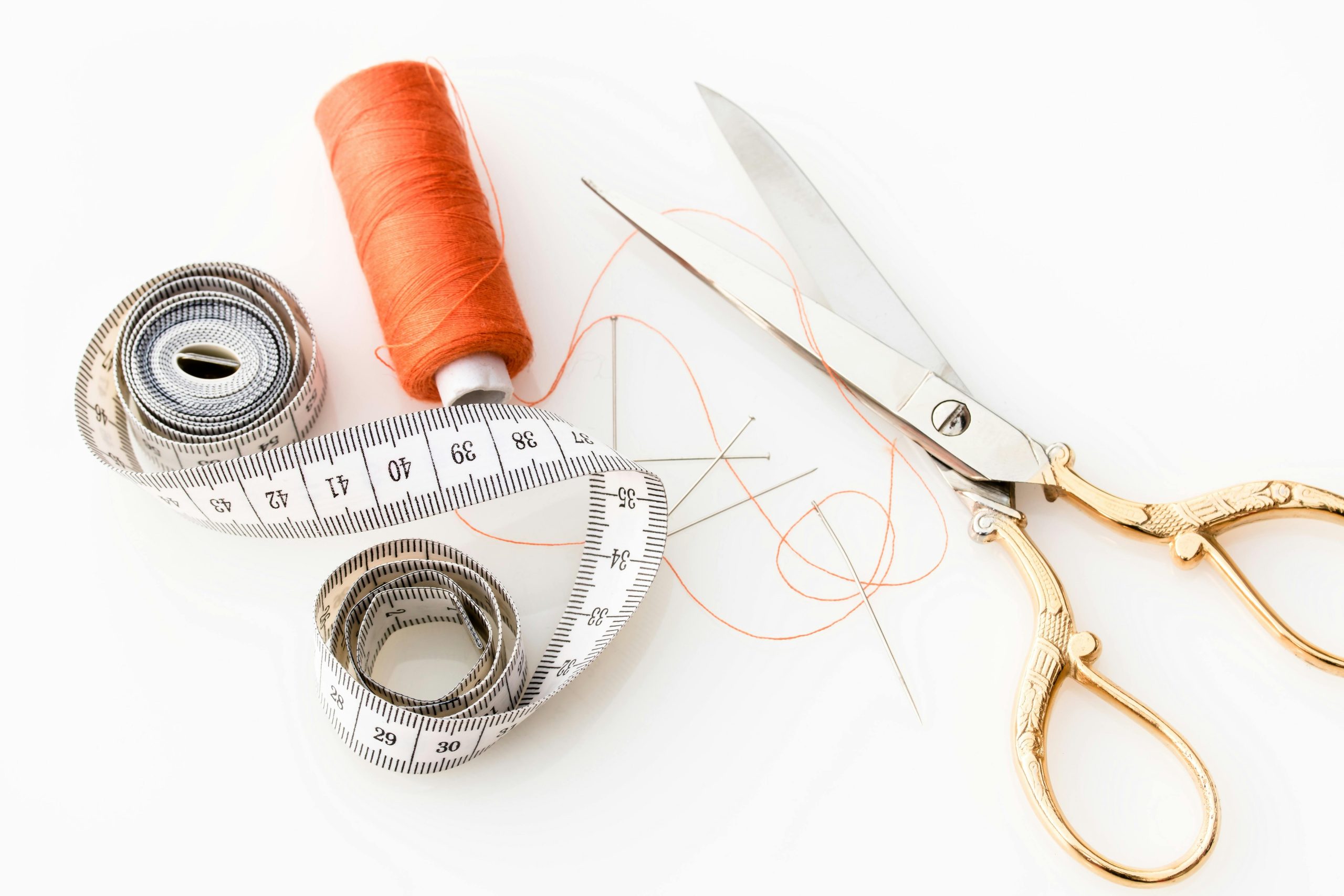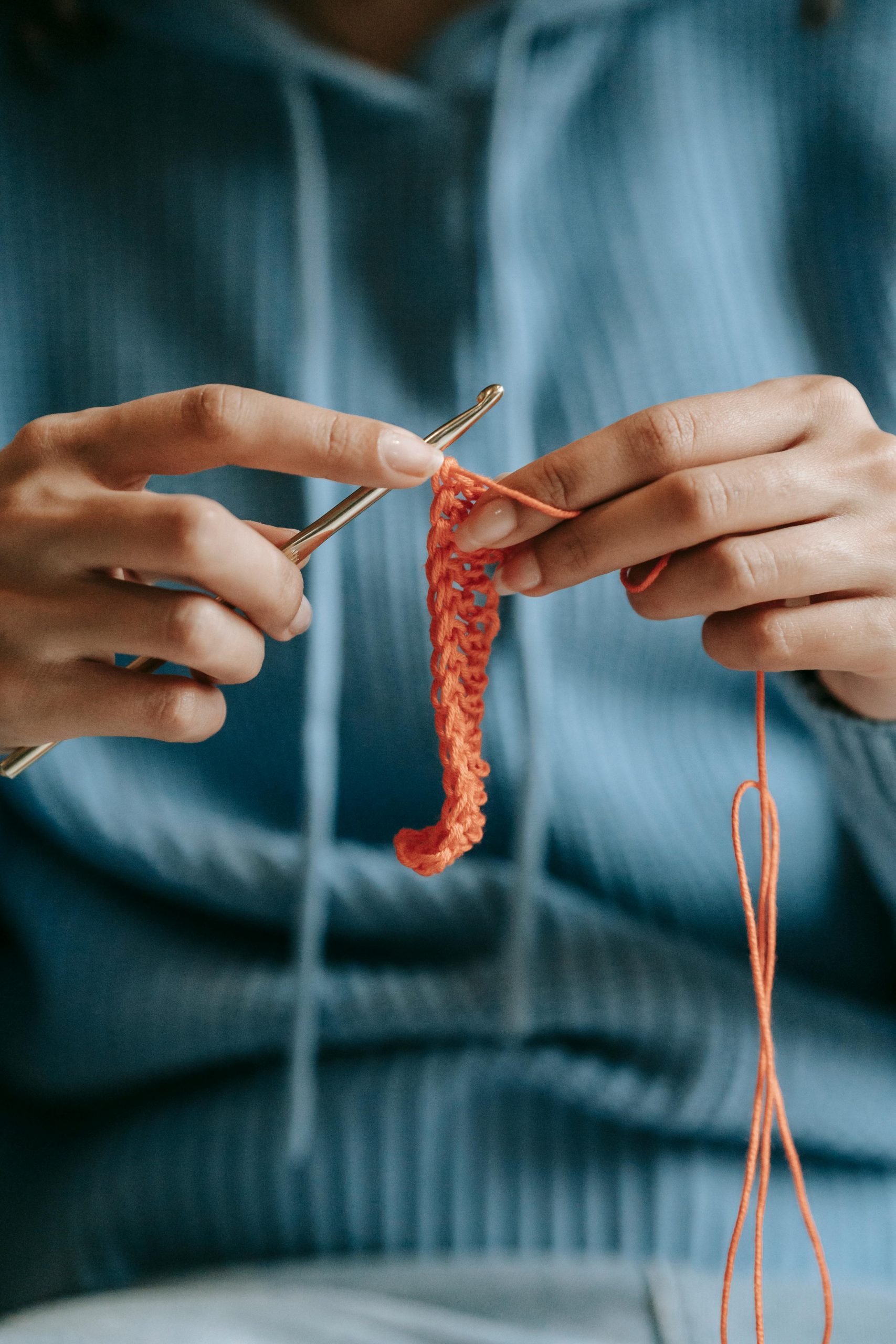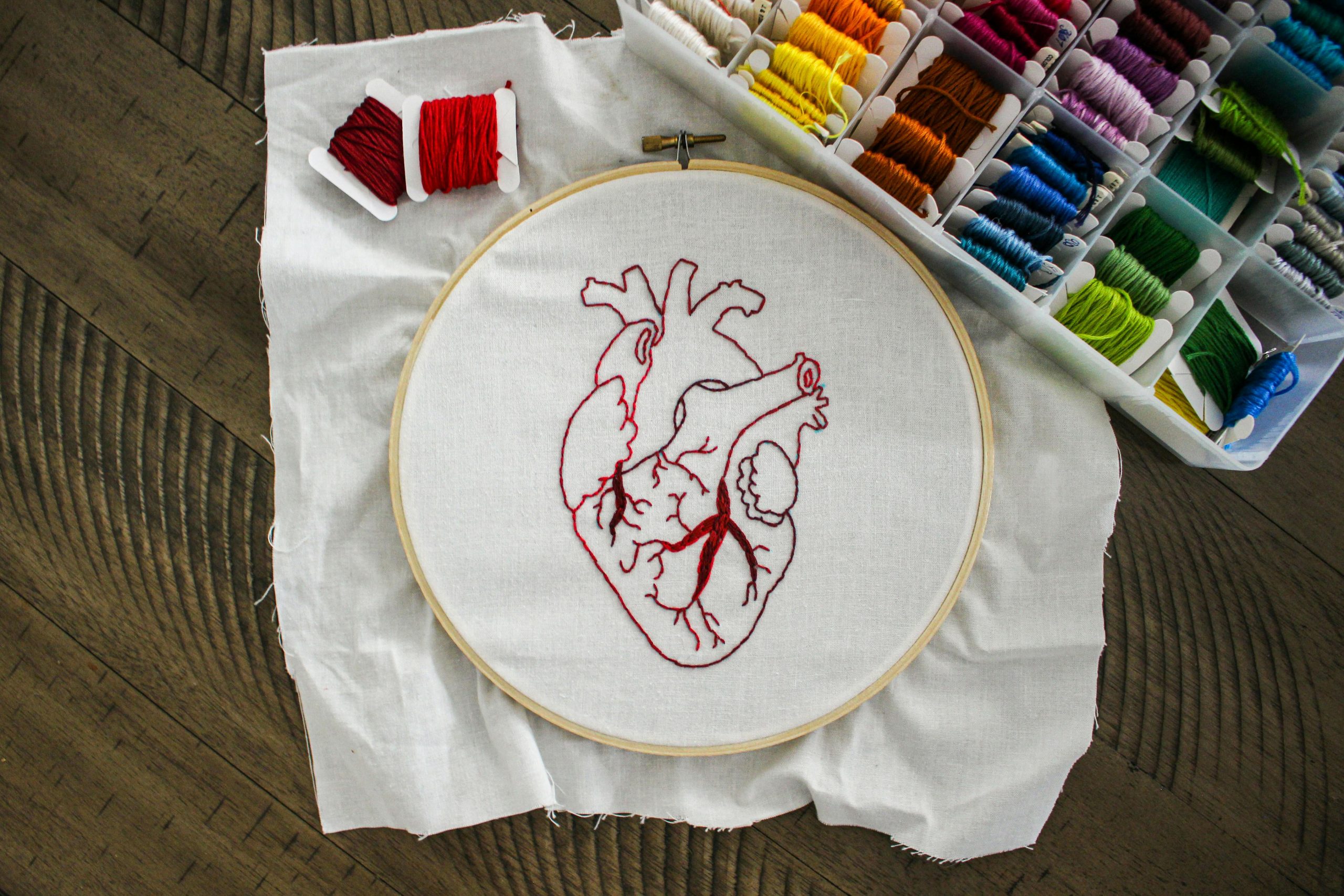The bobbin is an essential component of a sewing machine that holds the lower thread, allowing it to interlock with the upper thread to form stitches. Many sewers rely on the bobbin to create secure and even stitches. However, there may be situations where you find yourself without a bobbin or unable to use one. In this article, we will explore whether it is possible to sew without a bobbin and discuss alternative methods and considerations when bobbinless sewing is necessary.
1. Understanding the Role of the Bobbin
The bobbin plays a crucial role in the sewing process. It holds the lower thread, which is usually a different color from the upper thread, and allows it to form the underside of the stitch. When the needle penetrates the fabric, it picks up the upper thread from the spool and intertwines it with the lower thread from the bobbin, creating a locked stitch. Here are some key points to understand about the bobbin’s role:

- Thread Tension: The bobbin thread, along with the upper thread, contributes to maintaining proper tension in the stitches. The tension between the upper and lower threads should be balanced for optimal stitch quality.
- Stitch Formation: Without a bobbin, it is challenging to create the interlocking mechanism that forms the stitch. The bobbin thread helps secure the upper thread, preventing it from unraveling and ensuring the stitch’s longevity.
- Thread Length: The bobbin’s size and thread length affect the number of stitches you can make before running out of thread. It is essential to have an adequate thread supply in the bobbin to avoid interruptions during sewing.
2. Sewing Without a Bobbin: Is It Possible?
While the bobbin is a standard component of sewing machines, there may be rare instances where you need to sew without a bobbin. However, it is important to note that sewing without a bobbin can have limitations and may not produce the same quality of stitches as when using a bobbin. Consider the following points:
- Chainstitch Machines: Some specialized sewing machines, such as chainstitch machines, do not require a bobbin. These machines use a single thread that forms a chain-like stitch on the fabric’s surface. However, chainstitch machines have limited applications and are not suitable for all sewing projects.
- Hand Sewing: When sewing by hand, you do not need a bobbin. Hand sewing involves manually creating stitches using a threaded needle. While hand sewing offers flexibility and control, it may not be suitable for large-scale or machine-specific projects.

- Bobbinless Sewing Techniques: In certain situations, it may be possible to mimic the effect of a bobbin using alternative techniques. For example, some sewers have experimented with manually interlocking the upper and lower threads during machine sewing, simulating the function of a bobbin. However, these techniques require significant skill and may not produce consistent results.
3. Considerations for Bobbinless Sewing
When sewing without a bobbin, there are several factors you should consider to achieve the best possible results. While it may not be ideal for all sewing projects, understanding these considerations can help you navigate bobbinless sewing when necessary. Here are some key points:
- Thread Type: Selecting the appropriate thread is crucial when sewing without a bobbin. Ensure that the thread you use is suitable for the fabric and the desired stitch type. Thicker or heavier threads may cause tension and feeding issues when sewing without a bobbin.
- Stitch Length and Tension: Adjusting the stitch length and tension is important when sewing without a bobbin. Experiment with different settings to achieve balanced stitches. Keep in mind that without a bobbin, achieving consistent tension throughout the sewing process can be challenging.
- Limitations: Recognize that sewing without a bobbin may have limitations, particularly in terms of stitch quality, strength, and durability. It may not be suitable for complex or heavy-duty sewing projects. Evaluate the specific requirements of your project and consider alternative options, such as hand sewing or seeking a temporary replacement bobbin if available.

4. The Importance of the Bobbin
While it is possible to sew without abobbin in certain situations, it is important to acknowledge the significance of the bobbin in the sewing process. Here are some reasons why the bobbin is crucial:
- Stitch Quality: The bobbin thread contributes to the overall stitch quality by providing stability and preventing the stitching from unraveling.
- Efficiency: Using a bobbin allows for uninterrupted sewing since it holds a substantial amount of thread, reducing the need for frequent thread changes.
- Versatility: Sewing machines with bobbins offer a wide range of stitch patterns and techniques that may not be achievable without one.
- Professional Results: For professional sewing projects or intricate designs, using a bobbin ensures precise and consistent stitches.
Conclusion
While it is technically possible to sew without a bobbin in certain scenarios, it is not recommended for most sewing projects. The bobbin plays a vital role in stitch formation, thread tension, and overall stitch quality. However, if you find yourself without a bobbin, you can explore alternative methods such as hand sewing or using specialized machines. Remember to consider the limitations and challenges associated with bobbinless sewing and adjust your techniques accordingly. Ultimately, having a properly functioning bobbin and understanding its role will contribute to achieving optimal sewing results.
Leave a Reply